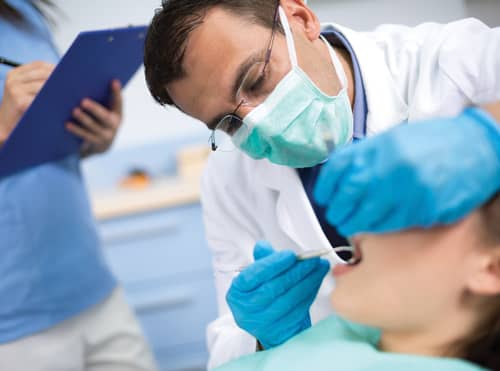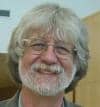A growing number of young orthodontists are deciding to get board certified early in their careers, and Dovi Prero, DDS, MS, of Prero Orthodontics in Beverly Hills, Calif, is just one example.
Prero, 33, is a graduate of the University of California at Los Angeles School of Dentistry. He was in his orthodontics residency at the University of Southern California (USC) when he decided, after noticing that most of the faculty there were board certified, to pursue the certification for himself.
Those who work in the field aren’t required to get certified by the American Board of Orthodontics (ABO), but more universities are trying to change that with the use of various incentive programs.
The process of getting certified by the ABO involves written and clinical exam components. For the clinical, orthodontists in training must complete a handful of cases that have a specific degree of complexity, and those cases are then evaluated as a part of the certification.
Residents document what a case patient’s teeth look like before treatment by taking photographs, x-rays, and stone models, and then do the same at the end of treatment to help both the board and the orthodontist-in-training gauge the work.
“That’s how we would assess, for example, if we’re ready for the braces to be taken off,” Prero says.
And developing that mind-set early can help with more than just getting certified.
“It can kind of set the tone for your whole career about assessing if your patient is ready,” he says. “It’s almost like quality control.”
At USC, Prero says, his residency program helped to incentivize students to do the certification program by reimbursing them for the cost of the written exam, which comes with a price tag of more than $1,000.
The clinical examination tacks on much higher fees, and involves traveling to St Louis to be evaluated in front of the board over a 2-day period.
At his practice, Prero focuses on treatments with an eye toward more aesthetically pleasing options such as clear aligners and lingual braces. His patient base is about 60% kids and 40% adults, and he says the practice sees a lot of complex, interdisciplinary patients.
He says that he believes the ABO certification also helps to give him something of a competitive edge.
“I think as medicine and dentistry get more specialized, patients are very educated about who’s out there and what qualifications or achievements their doctors have,” he says. “They’re likely looking for someone who has that achievement, someone who has those qualities.”
Now that he’s completed the process, Prero also has a broader network of colleagues, such as those who evaluated his clinical progress.
The ABO has said that more young orthodontists are choosing to get certified earlier in their careers than ever, as Orthodontic Products wrote earlier this year. That effort reaches back to 2007. More programs are now offering various incentives to get people to take the board certification during their residencies.
According to the ABO, only one in three orthodontists are board certified. On its website, the organization touts the designation as “the highest level of commitment in orthodontics.” Once an orthodontist gets the certification, it lasts for a certain amount of time, and then they must renew it to be certified again.
Prero came away from the process carrying the clinical portion of the certification into his daily work, treating each patient as if it was a case before the board.
“The goal is to treat it to board quality,” he says. “With a dental license, you can do anything. You can take out wisdom teeth, do oral surgery, children’s dentistry, and orthodontics. But patients, they want the best for themselves.”
He notes that just because an orthodontist has a certification doesn’t mean they’re necessarily a better doctor than someone who hasn’t, but it provides the valuable experience of clinically assessing your own work.
Prero also said that during his residency at USC he found a camaraderie with others who went through the process.
“I think it’s a trend now that a lot of younger orthodontists are getting board certified,” he says, “and it shows a commitment to achieving a higher standard. … It’s about really refining your technique, and introspection,” Prero says, “and looking at your own treatment and seeing, do I have clear goals for my treatment, and how closely have I met those goals?” OP
A.J. Zak is a freelance writer for Orthodontic Products. She can be reached at [email protected].









